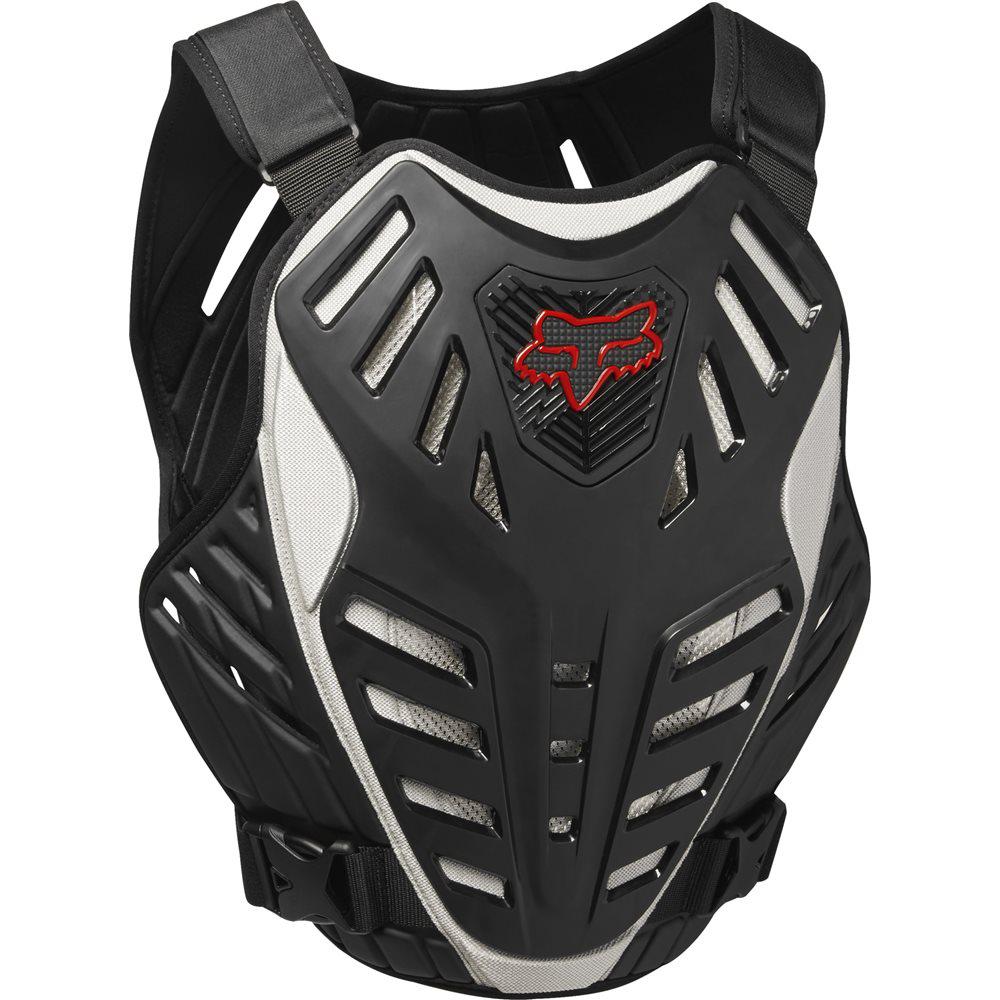Way to choose the best body armor for dirt bikes
- Written by NewsCo

On-road and off-road driving are in the midst of adventure driving, and both areas have different ideas about protection. On the street, armor is standard and comes with durable cloth and leather. The only thing they have in common is some form of knee protection. Most riders sit in the gray area, from just wearing a polyester shirt to wearing a pressure suit. , Armored gloves, and carbon fiber. So how do you decide as an adventure rider?
Does Body Armor Work?
One of the most interesting differences between the off-road and road worlds is the use of the entire body armor. Although not exclusive, most experienced off-road motorcyclists refrain from using upper body protection or use it in a limited way. As an anecdote, this has to do with thermal management (armor is insulating and reduces airflow). It's not very useful for collisions when misaligned, so armor Limit injuries by limiting movement in the event of a major accident. While experienced professional riders have made a smooth transition towards wearing more armor in recent years, it is still standard to abandon it. Here are some to Dirt bike body armor tips that will help you choose the best body armor.
CE certifications
Certification is an EU process that certifies how good an armor type is to dissipate incoming power. Certifications fall into the categories of protection for all parts of the body (except the back and spine) and back and spine. These two categories fall into Level 1 and Level 2. The latter is the highest standard that consumes the most energy.
Built-in armor
So what is built-in armor? What is it for? In general, the biggest advantage of armor that fits inside your garment is the ease of use. Cullys provide comfortable body armor; you'll have less worry. Overall, it's effective and comfortable.
Finally, there is the scope and effectiveness of armor that is not tied to the limbs. Armor attached to clothing has a great tendency to move in the event of a collision, and as a result, optimal work is not achieved.
Pressure suit
Pressure suit is the name of the body armor jacket. Originally hot, cumbersome, made of plastic, and generally a bit of trash, they were more protective than traditional motocross clothing. A few years ago, brands realized that they could stop using plastic pads and make them more comfortable and effective.
Being very tight means that there is much less movement in the event of a crash. It also has chest and back protection options, unlike most armored clothing, but it is breathable and can be unsleeved or lightly dressed in hot weather.
Depending on the model or brand, the fit is better for protection and mobility. However, this is not the case exclusively, and it is known that this type of armor will shift in the event of a collision, and in technical or extreme environments, the pressure suit can become hot. This type of gear is commonly standard for rally racers but not for dual sports / off-road riders.
Cully's Yamaha style armor
Our armor has several options, from foam vests to plastic chest and back protectors. In recent years, there have been more CE certifications, and they are generally well designed. So what's the point? Why choose such a simple protector?
Cully's Yamaha style knee pad
Cullys knee protector worn on the trousers is covered with the same points as the upper body armor of the garment. Well, until you ride your bike, and then everything is fine. It is rarely in the correct position and even more rarely when you hit your knee.
Conclusion: If you are a casual rider or an adventure rider, Cullys meet your needs, and you are using the right product. As long as it's comfortable, everything will work. However, for weather and technical reasons, as riding becomes more extreme, you will find that this type of armor is lacking. It fits well on the body. Limits this makes driving difficult and is not ideal.



